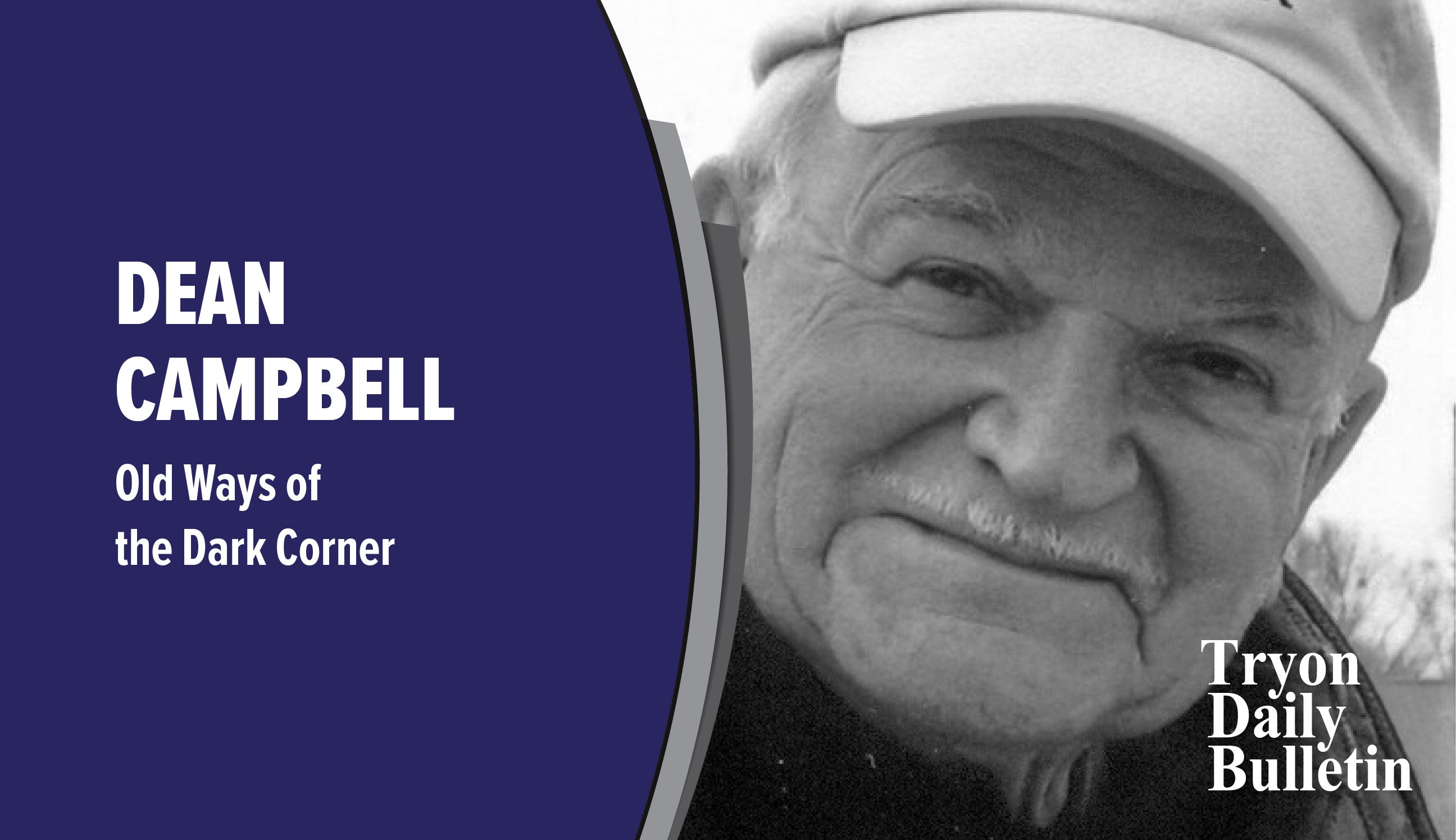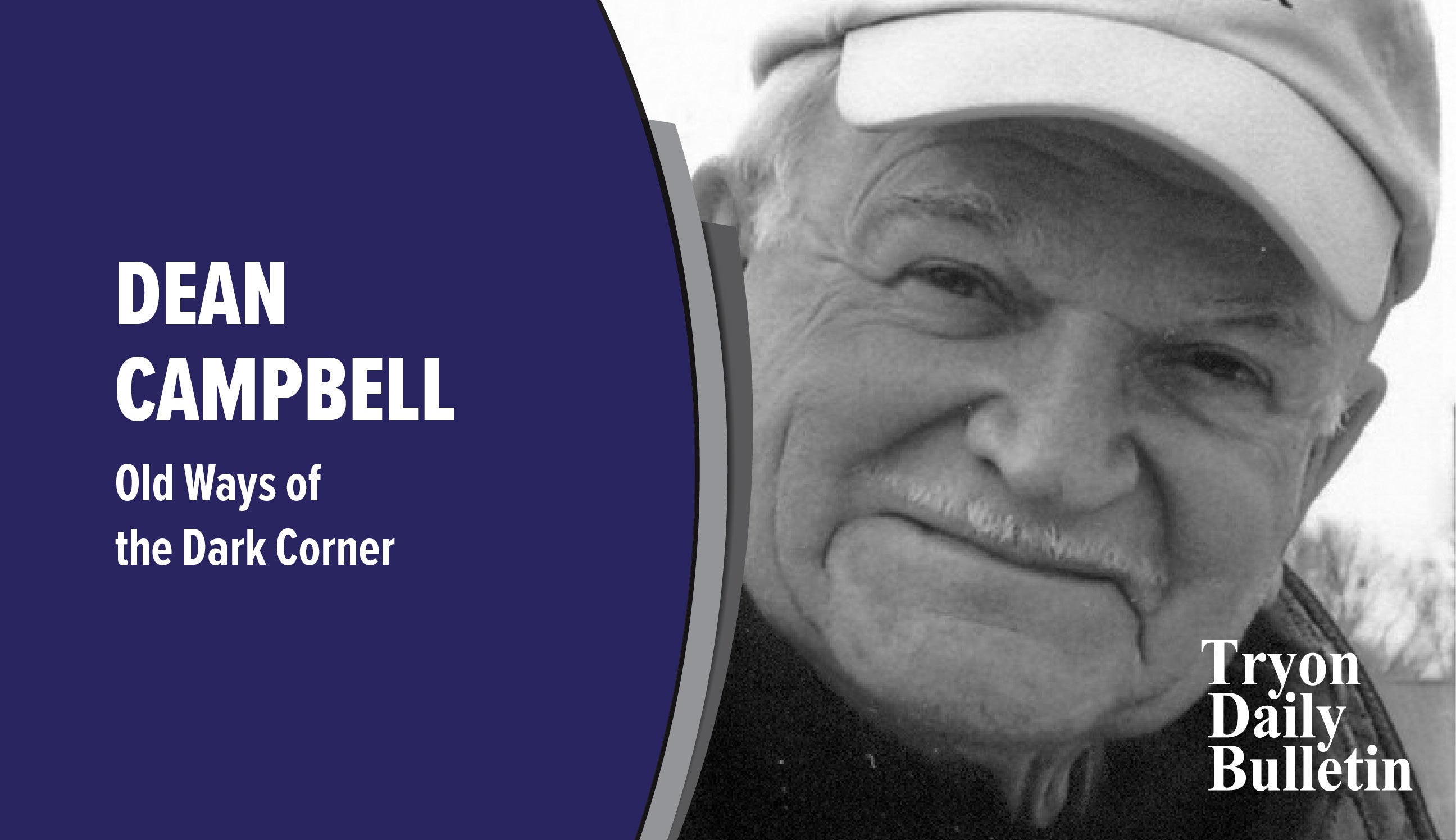Ian, Fiona, and history of hurricanes
Published 10:44 am Thursday, September 29, 2022
|
Getting your Trinity Audio player ready...
|
Two hurricanes coming late in the Atlantic season this year are affecting family and friends of mine in dramatic fashion. Fiona has just slammed Puerto Rico where relatives of Elena Lopez, my caregiver, are still living, and Ian is wreaking havoc on the Florida Gulf Coast where good friend and former Friends for Life Small Group member, Ann Marchbanks, is now residing.
The news of both isn’t news, it’s personal.
Rarely have I had such personal interest in two hurricanes at the same time. I have, however, had very personal concern (for my own safety) in two hurricanes exactly one year apart in the same place away from home.
My final summer of officer training through the U.S. Navy ROC Program in August, 1954, in Newport, RI, was interrupted on its last day by Hurricane Carol, which took the entire roof off my bachelor quarters and decimated the base.
One year later, returning for additional Communications and Cryptography training, Hurricane Connie blew through the same base. This time, I could appreciate the drama, strength and intensity of the phenomenon and even described it in a poem, “The Meeting.”
As a boy, curiosity of why and how sea storms became known as hurricanes consumed me. I was surprised to learn that when Spanish explorers reached our shores they discovered that Native Americans called destructive storms “hurakons” for a Great Spirit who commanded the East wind.
The explorers adopted the word and began giving storms the names of patron saints on whose feast day the storms occurred.
Later, storms were identified by latitude and longitude.
In 1950, a formal naming practice was established by the U.S. National Hurricane Center. They were given names of a phoenetic alphabet–Able, Baker, Charlie, etc.–and the same names were used for each season.
This was changed in 1953 when sea storms began to be called female names, in the same way older naval meteorologists named them after their wives or girlfriends (the way ships at sea were named after women). It is believed that an Australian weatherman actually began the practice.
Another revision came in 1979 when names were both female and male. Bob was the first male name used.
In 2005 and again in 2020, there were more storms than the 26 letters of the alphabet. Letters of the Greek alphabet–Alpha, Beta, Gamma–were used for the extra storms.
For 2021 and years to follow, the World Meteorological Organization (WMO) determined the naming of sea storms. Those in excess of the 26 use actual names. For the Atlantic, these names include: Adria, Braylen, Caridad, Deshawn, Emery, Foster, Gemma, Heath, Isla, Jacobus, Kenzie, Lucio, Makayla, Nolan, Orlanda, Pax, Ronin, Sophie, Layshaun, Viviana and Will.
For the 26 named storms, there are six lists of storm names for the Atlantic that are cycled through by the WMO every six years. Names for especially destructive hurricanes are usually dropped from the list.



